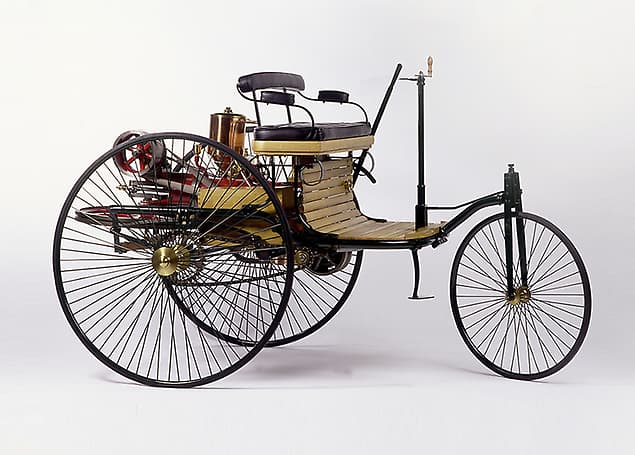I think the personality of a brand needs to be experienced before it’s possible to fully understand it — especially from the perspective of the emotional qualities the brand personality evokes. A description of a personality can never be anything other than superficial. Even worse, a one-word description of a personality is all but useless except in the broadest sense.
In addition, I think the brand needs to reflect the personality of the company and its products in a way that is realistic and natural — not invented. The brand needs to evolve naturally with some nudging here and there at critical points.
Here’s a personal case in point. A few years ago, we were developing a campaign for a government agency that sold hunting permits. Sales were declining like they were across the rest of the country.
Their previous marketing consisted of perfunctory press releases saying when the application period began with a few mentions of how well the elk and deer herds were doing.
We told them they needed to quit selling the permits and, instead, sell the image in an emotion-driven, first-person narrative. The image was one of man against quarry — a predator stalking its prey. An ancient instinct passed from father to son over countless generations. We might work in cities but our soul is in the wild with our prey. We’re one with the cougars and the wolves — apex predators who are born to hunt.
The higher-ups at the government agency said it was corny, overly sentimental, and didn’t mention much of anything about when or how to apply for a permit or how well the deer herds were doing due to the agency’s management efforts.
We ended up contacting a video production company, then spent several hours talking to their creative director about our vision. They got it and made a short video of rugged, unshaven men packing their gear just before dawn on a cold morning. The colors were muted. The video was grainy. The audio consisted of short, gruff sentences. Anyway, it conveyed the personality we had in mind.
We showed it to the government agency higher-ups, then just let them talk. They immediately launched into reminiscing about their hunting trips and the times they’d endured this and conquered that. The testosterone in the room was flowing freely before we reminded them that no one in the room was talking about how well the deer herds were doing or when the application dates started or how to apply for a permit.
They finally sort of got it. Hunting license applications increased significantly that year, interrupting a 15-year downward trend. The next year, they reverted to form with their press releases and the decline resumed.
Anyway, my point is that no matter how carefully we tried to explain the image and how it would emotionally resonate with the target audience, they didn’t get it. They needed to experience it first before it clicked.
![]() ?
?